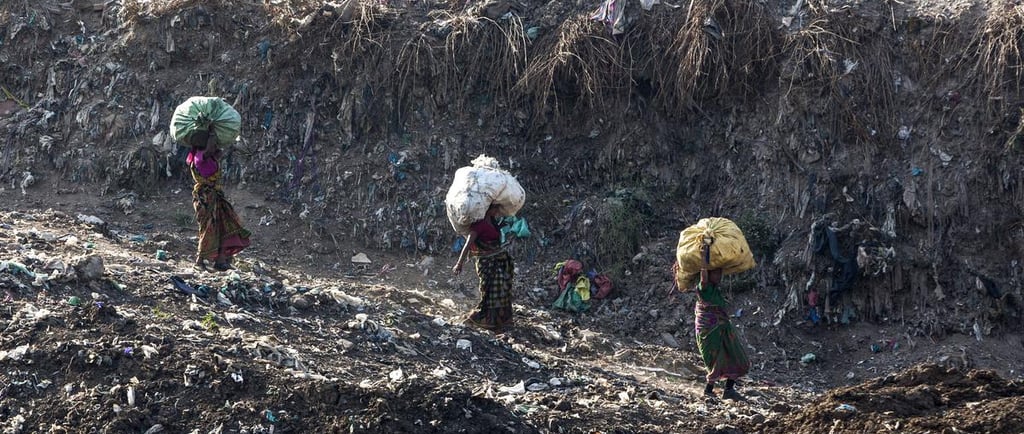Gwalior’s Pollution Crisis with Crores Lost and Air Unchanged
Despite being part of the National Clean Air Programme, Gwalior has seen no improvement in PM10 levels since 2017–18, losing crores in grants while lacking real-time air quality monitoring and meaningful pollution contro
AIR POLLUTION


The National Clean Air Programme (NCAP) was launched by the Ministry of Environment, Forest and Climate Change (MoEFCC) in January 2019 as a time-bound national strategy to tackle air pollution in 131 non-attainment cities—urban centers that consistently fail to meet national ambient air quality standards (NAAQS). The primary objective of NCAP is to reduce PM10 and PM2.5 levels by 20%–30% by 2024, taking 2017 as the base year.
However, Gwalior, a city under this programme, presents a troubling case. Despite multiple rounds of central funding, it has failed to register any improvement in PM10 concentrations compared to the 2017-18 baseline.
This stagnation is not just a public health concern but also a financial disaster.
Under NCAP, cities receive funding contingent on their annual performance. In FY 2023–24, Gwalior was allocated ₹28 crore, of which ₹21 crore was cut due to failure in meeting performance benchmarks. The effective grant received was only ₹7 crore, significantly hampering pollution abatement activities.
For FY 2024–25, Gwalior is expected to receive a conditional grant between ₹22.5 crore to ₹30 crore, and in FY 2025–26, the range could increase slightly to ₹23 crore to ₹31 crore. However, this funding is tied to a specific performance metric: a 50-point reduction in PM10 concentrations. If the current stagnancy continues, the city risks losing critical support again.
A glance across the rest of India offers some perspective. During FY 2024–25, 69 NCAP cities showed a reduction in PM10 levels. Another 33 witnessed an increase. And Gwalior? Gwalior remains in a unique and unfortunate category—one of the few cities where PM10 levels have not moved since the baseline year. In essence, no progress has been made in nearly six years of the program.
The root cause in Gwalior is no secret. Dust dominates the city’s air. Roads are perpetually broken or unpaved, strewn with loose soil that lifts with the breeze or the passage of vehicles. Construction sites remain uncovered, and there is no large-scale dust suppression system in place. Despite these well-documented sources, local authorities have taken no meaningful action to change the physical environment.
Compounding this problem is the absence of real-time monitoring infrastructure. Out of the 130 NCAP cities, 28 still do not have Continuous Ambient Air Quality Monitoring Stations (CAAQMS), and Gwalior is among them. This is not a minor technicality—it’s a major blind spot.
CAAQMS systems operate 24x7, capturing data on key pollutants like PM10, PM2.5, NO₂, SO₂, ozone, and carbon monoxide. Unlike manual stations that gather data only at specific intervals, these stations allow for real-time alerts, accurate diagnostics, and policy responses that can adapt to changing pollution levels hour by hour. Without this infrastructure, authorities are essentially navigating pollution control in the dark.
The central government has already sounded the alarm. Officials have warned that if the current situation continues, Gwalior’s air could deteriorate to levels comparable to Delhi’s—where schools have had to shut, public advisories have become a routine feature, and winter months often bring public health emergencies. If this is the trajectory, why is there still no urgency in Gwalior? Why is the administration unmoved even after the massive grant cuts?
How long will dust be allowed to blanket the city without any systemic response? Why does Gwalior still lack a CAAQMS when real-time data is now a basic tool in urban governance? Why is there no transparency in pollution trends, no accountability for crores lost, and no recognition of the public health disaster that looms larger with each passing season?
And finally—if not now, when?
